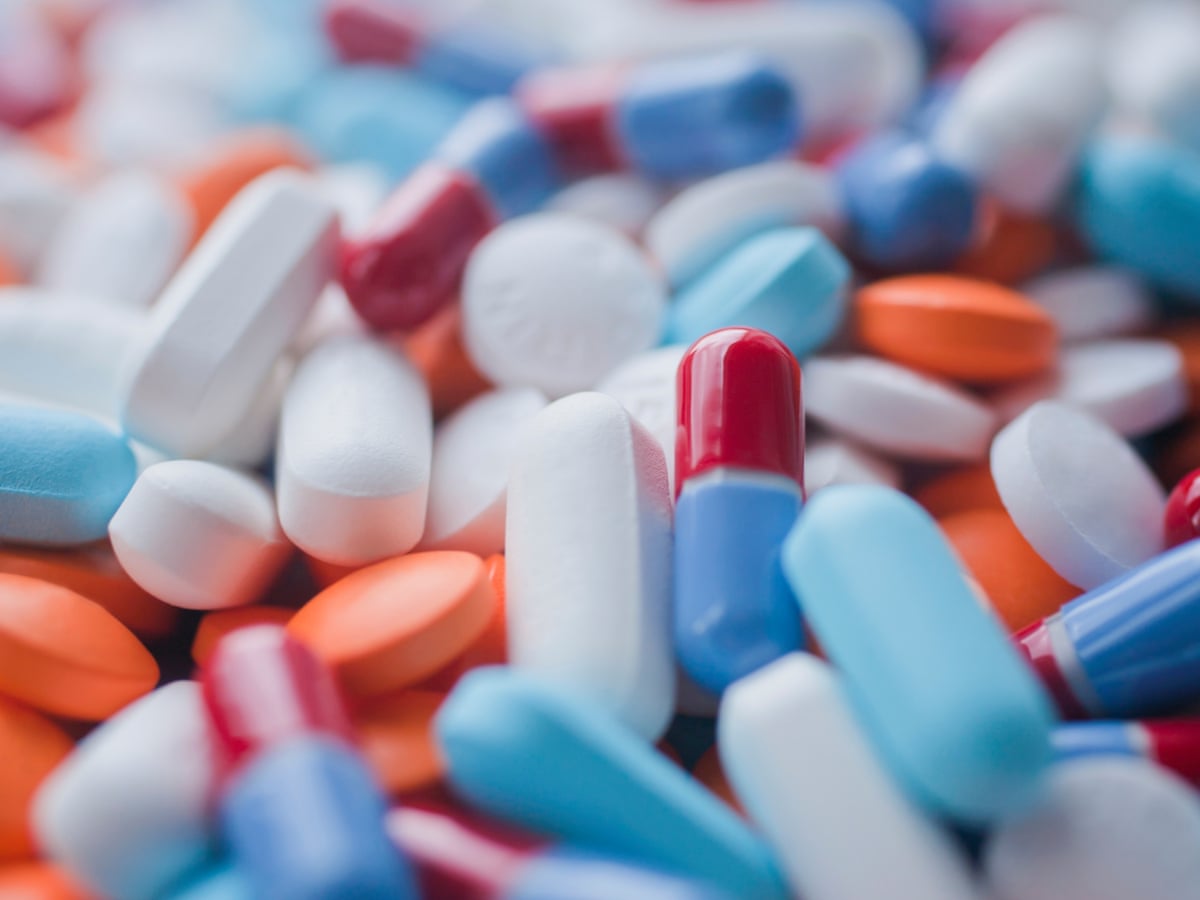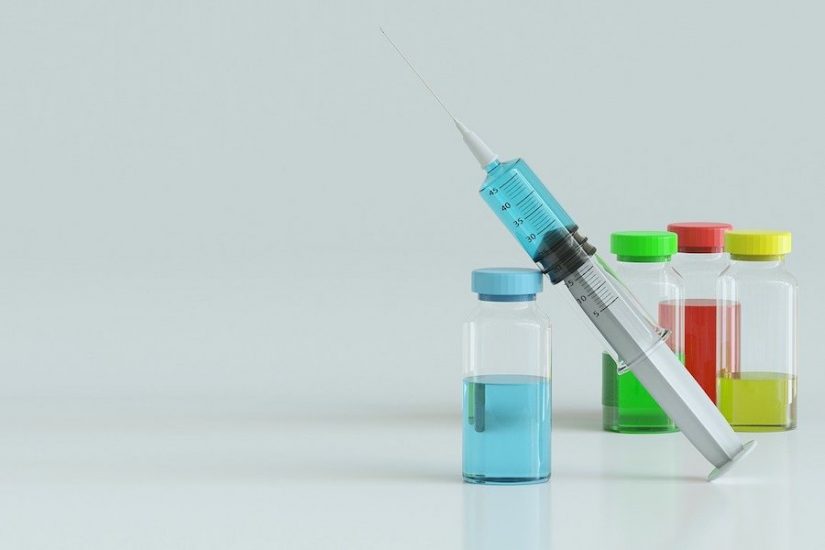In contrast to previous centuries, Biestmilch is now defined as a food and no longer as milk. Accordingly, it must be manufactured and declared in accordance with the guidelines applicable to foodstuffs, which are specified by the health authorities of the federal states. In Europe there is a harmonized code of rules and standards. The quality criteria applied do not differ significantly in the industrialized countries of the western world. The globe has shrunk, even when it comes to precautionary measures for quality assurance.
We find two discourses that unfortunately mix when it comes to assessing the quality of Biestmilch . One is a quality discourse that relates to the safety of the product. In general, certain hygiene regulations apply to food, which Biestmilch must meet. However, hygiene has nothing to do with the second requirement of the product, which concerns effectiveness. All quality seals that can be found in the market and are awarded by different institutes and institutions all over the world relate to the problem of hygiene and the risk of contamination and are to be seen as a kind of proof that a product is clean and safe.
The other aspect of the discourse concerns effectiveness. Proof of effectiveness according to the classic study design of randomized, double-blind, placebo-controlled, is difficult to provide especially for food. What I have already mentioned applies here, namely that the complexity of any food is usually beyond our scientific methodology.
Ensuring the safety of a food does not necessarily have to be a problem as it should ultimately be left to the responsibility of the individual to find out what works best for them. But what I personally consider problematic is to pretend that quality in the sense of product safety is to be equated with its effectiveness.
In the case of Biestmilch, the effectiveness discourse is currently dominated by the immunoglobulins. This is probably the case because the immunoglobulins – also known as antibodies – of all the many immune molecules to this day are among the most familiar to the general public. But more about that later.
First I would like to describe and work out why Biestmilch is a safe food. In the case of new products, it is often difficult to differentiate between quality and effectiveness and thus to assess the quality comprehensively. The following lines should help to make the decision-making process easier for you.
Biestmilch from cows from Germany and Austria is now on the market again. However, since raw colostrum is only available to a limited extent in Europe and the quantities do not allow it to be produced beyond a laboratory scale, the second source of raw colostrum is primarily New Zealand. New Zealand is known for being an island of cattle and sheep. It has a tradition of more than 40 years in collecting and processing Biestmilch. The way cows are kept in New Zealand and the amount of colostrum it produces allow production on a scale and to the standard of dairy products.
The cow is the source – our capital for many thousands of years
The cow as the primary source of quality colostrum must be healthy and its natural environment must be preserved. Cows are very sensitive animals. As soon as the pastures are no longer rich enough in grass and herbs, the quality and the given amount of colostrum and milk decreases, and their nutrient content also decreases. The same thing happens if the weather conditions change, if it is either too cold or too hot, or if an animal becomes ill. Every cow requires the special attention of the farmer every day. This is the only way to guarantee the quality of Biestmilch.
The first milking is always kept for the calf. But the dairy cow produces an excess of colostrum. Instead of disposing of the rest – as is still the case in many parts of Europe – it is collected for further processing.
The first sip of Biestmilch connects the offspring with the outside world, nourishes them, gets all organ systems going and equips the young with the immunity they need until their own is efficiently active. It has high levels of fat and other nutrients, it contains cells as well as microbial flora, hormones and thousands of communication molecules.
The production of colostrum powder
Livestock raising is an integral part of life in New Zealand. The climate allows the animals to graze all year round. Only once a day do everyone slowly move towards the milking machine. Then they stand in line and wait until it’s their turn. During this quiet, silent process, the farmers check each cow individually for any health problems. If a cow is sick, it is separated from the others and kept in its own pasture until it is healthy again. The animals are not fed antibiotics or hormones either prophylactically or for faster growth.
In New Zealand, calving is synchronized across the island. The cows calve twice a year, in spring and autumn. Then it’s colostrum time. Each farm has its own aluminum container in which the colostrum is collected and cooled. The colostrum is cooled to 4 – 7 ° C in this container until it is picked up by special trucks. At no time is it frozen deep.
The first step in processing is to remove the fat fraction. The liquid colostrum is pasteurized according to international standards (72 ° C for 15 seconds). This liquid is then concentrated by evaporation. A large part of the lactose is then removed from the lean colostrum by filtration. About 5% lactose remains. After this production step, the colostrum is spray-dried at a low temperature. Samples are taken from the raw end product, colostrum powder, and tested. The entire manufacturing process is optimized to create a safe food with a unique and consistent combination of bioactive molecules.

The production of colostrum
European Biestmilch has a different story. Calving is not synchronized as in New Zealand. This means that colostrum has to be collected from cow to cow. This implies that colostrum must be frozen. The farms that meet the criteria for organic raw colostrum are widely scattered in the Alpine region, which would make the logistics of collecting them very complex every time a cow has calved.
Another difficulty in Europe is getting enough colostrum at all, as the herds are comparatively small. The large herds are mostly factory farms and do not meet the criteria for raw colostrum with organic quality.
In Europe, the manufacturing process of Biestmilch as a fresh dairy product differs from food because of the much smaller quantities that are available. The frozen colostrum is first thawed and defatted. Fat is the lightest fraction and therefore forms the top layer of the liquid. The liquid only needs to be drained downwards. Once the fat has been removed, casein precipitation takes place. This is done through rennet fermentation (rennet is an enzyme that denatures ice white). This step in the process is essential because casein would clog the filter system that is used to make the colostrum whey that is produced in this way safe from a hygienic point of view. The whey is filtered so that it meets the food standard microbiologically. However, this technique does not allow the lactose to be removed. In liquid colostrum, there is therefore approx. 5% – 8% lactose per 100 ml. In the solid phase after freeze-drying, the proportion of lactose is approx. 30%.
The liquid form is more sensitive than the colostrum powder. If liquid colostrum is stored in a cool, dry place and protected from light, the shelf life is two years. What happens during this manufacturing process is actually nothing more than that in the end a whey is created from colostrum.
The immunoglobulin discourse and the effectiveness debate
It has been in the last Years ago there was an increasing trend among suppliers of colostrum to implicitly emphasize the content of immunoglobulins as a criterion for the effectiveness of colostrum. The information varies in the range between 20% and 45%. Of course, the immunoglobulins are an important component of colostrum, but they are by no means the only molecules that explain the manifold effects of colostrum. It is also critical to only state the amount of a biological molecule, as the quantity does not say anything about the activity of the molecule. In addition, it is impossible to assess and compare the values without knowing the test system that was used to measure. There are methods that measure quantity and others that demonstrate bioactivity, both are two completely different things. In order to be able to assess the specified amount, it must also be known whether the measurement was made in the liquid or solid phase. In the liquid phase the amount will always be less than in the solid phase, when all moisture has already evaporated.
Another aspect that should be considered is the fact that colostrum is a living substance. The amount of immunoglobulins depends not only on the day of harvest, but also on the state of health and the feed of the cow. The immunoglobulin content can vary from batch to batch. With smaller batches, it is far more difficult to adjust the contents to achieve consistency from batch to batch. Whether the immunoglobulins, as they are currently measured and suggested to us as an effectiveness criterion, really serve this purpose, requires further studies and discussions.
After this very pragmatic sober part, I would like to move on to the far more interesting, but more difficult and extensive aspect of the effects of Biestmilch. I can only touch this topic very superficially here. Maybe this little digression is enough to arouse your curiosity. In order to understand Biestmilch with its diverse effects on our well-being and on the many chronic diseases, one has to deal with the phenomenon of inflammation. The scientific picture of inflammation is changing. It is important to know. The inflammatory processes in our body are now regarded as physiological events. Only when they exceed a certain threshold do illnesses develop.

